As a engineer having an understanding of which type of machine your part will be manufactured on. When designing a CNC machined part, you might not have thought about which type of machine your part will be machined on, but the complexity and type of geometry you can design will be different for different types of machines.
The main difference between 3-axis, 4-axis and 5-axis machining is the complexity of the movement both the workpiece and the cutting tool can move through, relative to each other. The more complex the motion of the two parts, the more complex the geometry of the final machined part can be.
3-AXIS MACHINING
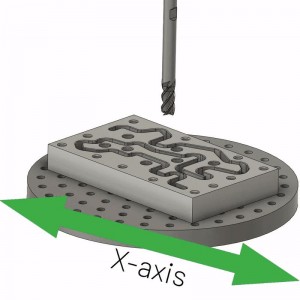
3-axis machining
The most simple type of machining, where the workpiece is fixed in a single position. Movement of the spindle is available in the X, Y and Z linear directions.
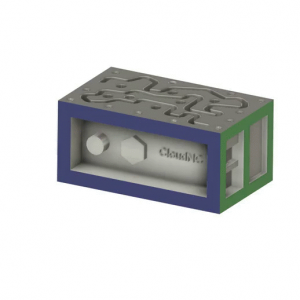
A unique setup is required for each side of a part
Many complex and practical shapes can be manufactured by 3 axis CNC milling, especially when in the hands of a world class CNC machining facility. 3-axis machining is best suited to manufacture of planar milled profiles, drillings & threaded holes in-line with an axis.
4-AXIS MACHINING
This adds a rotation about the X-axis, called the A-axis. The spindle has 3 linear axes of movement (X-Y-Z), like in 3-axis machining, plus the A-axis occurs by rotation of the workpiece. There are a few different arrangements for 4 axis machines, but typically they are of the ‘vertical machining’ type, where the spindle rotates about the Z axis. The workpiece is mounted in the X-axis and can rotate with the fixture in the A-axis. For a single fixture setup, 4 sides of the part can be machined.
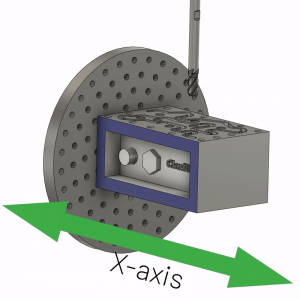
4-axis machining
4-axis machining can be used as a more economically viable way of machining parts theoretically possible on a 3-axis machine. As an example, for a part we recently machined we found that using a 3-axis machine would have required two unique fixtures at a cost of $8000 and $500 respectively.
By utilising the A-axis capability of 4-axis machining, only one fixture was required at a cost of $8000. This also eliminated the need for fixture change-overs, reducing costs even further. Eliminating the risk of human error meant we machined the part to a high quality with no need for expensive Quality Assurance investigations. Removing the need to change fixtures has the additional benefit that tighter tolerances can be held between features on different sides of the part. Loss of accuracy due to fixturing and re-setup has been removed.
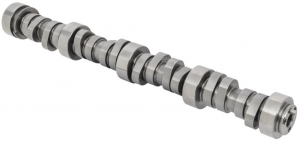
Complex profiles such as cam lobes can be machined on a 4-axis machine
5-AXIS MACHINING
These CNC milling machines utilise 2 of the 3 possible rotation axis, depending on the type of machine. A machine will either utilise a rotation in the A-axis and C-axis, or a rotation in the B-axis and C-axis. The rotation either occurs by the workpiece, or by the spindle.
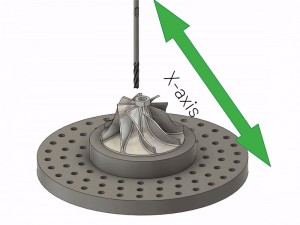
5-axis machining
Continuous 5-axis machining can produce highly complex 3D shapes, not only planar compound angled features but complex curved 3D surfaces, giving us the ability to produce parts normally reserved for moulding processes.
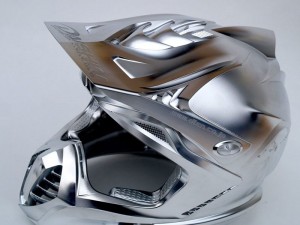
The possibilities of simultaneous 5-axis machining
5-axis machining gives designers a huge level of flexibility to design very complex 3D geometry. Understanding the possibilities of each type of CNC machining is essential in design of CNC machined parts. If your design needs the use of a 5-axis CNC, make the most of it! Which other features could benefit from the capabilities of 5-axis machining?
Post time: Mar-04-2022




